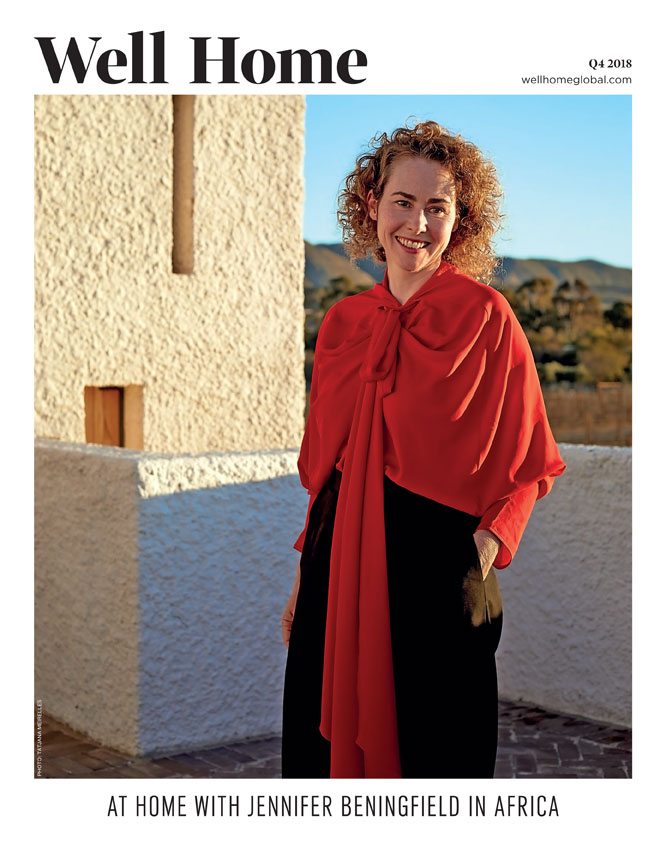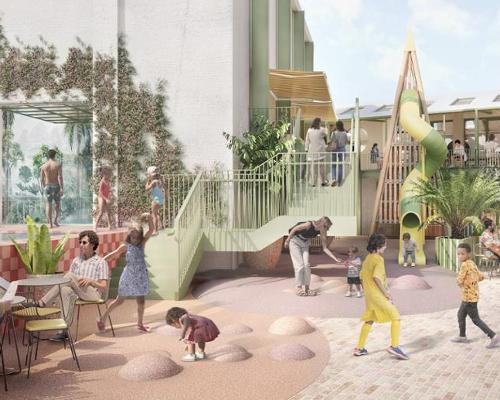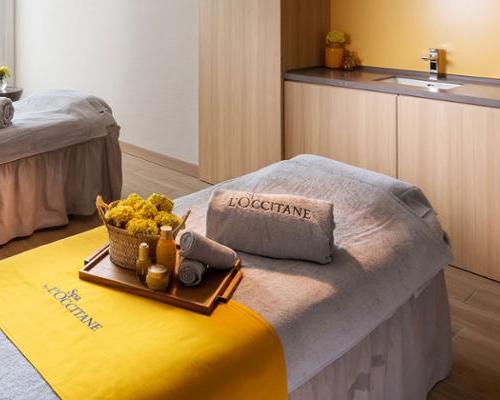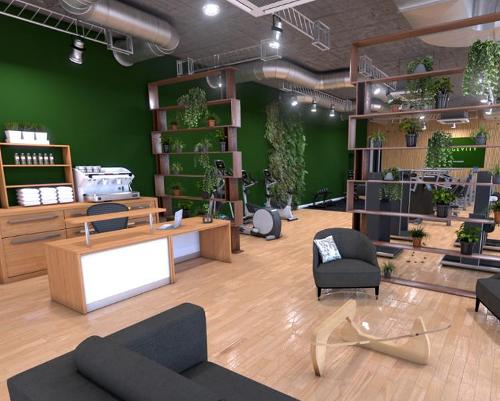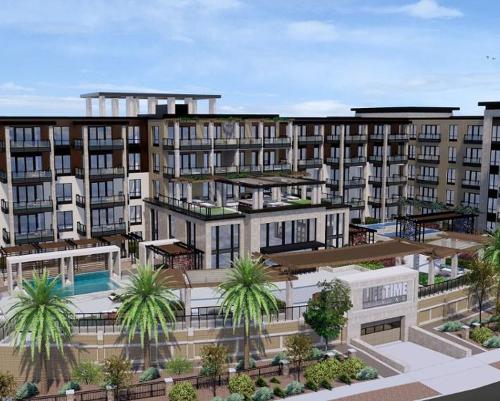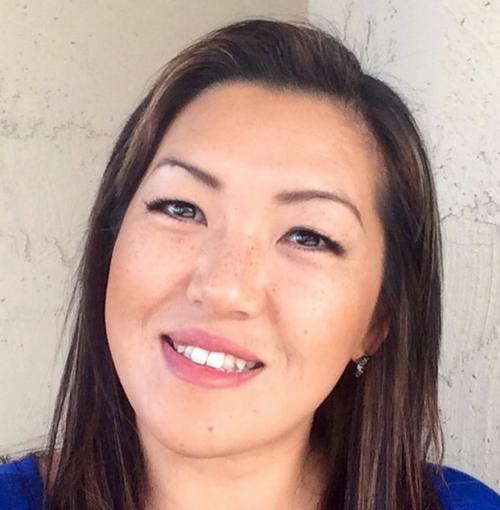
Luxury hotel treatment rooms generate more than double the revenue of "normal" rooms, according to consultancy firm HVS.
HVS has published its annual report which tracks spa performance and profitability from 2018 to Q3 2019.
The sample used in the study was comprised of 59 hotels, with 22 defined as upper-upscale and 37 categorised as luxury.
The report is the second of its kind and was authored by Rod Clough, MAI, President - Americas at HVS and Mia Mackman, MD Spa and Wellness Consulting at HVS and founder of spa and wellness consultancy Mackman.ES.
“Spas are becoming influential assets for hotels and resorts”, said the authors, “given the increasing demand for wellness and lifestyle programmes.
“With growing hotel and resort offerings being developed and dedicated to wellbeing, examining the depth of spa and wellness performance has become a fundamental factor in relation to strategic growth and valuation.
“Understanding how these assets are performing plays a critical role in core strategic planning.”
Data shows luxury hotels have larger spas on average than those in the upper-upscale category, while the former was reported to feature an average of 13 treatment rooms, compared to the latter’s 12 rooms.
It was also found that ‘spa revenue per occupied hotel room’ can significantly differ between the two product types, averaging US$18 for upper-upscale versus US$40 for luxury hotels.
Treatment-room average incomes for the year were US$110,524 per room for upper-upscale hotels and US$257,232 for luxury hotels.
Mackman told Spa Business: "As the industry continues to evolve, operators have an excellent opportunity to engage a diverse and innovative range of treatments and amenities, in addition to conventional spa services to reduce expense margins.
“As we continue to track key industry metrics and targeted data; we expect to see the integration and deployment of a broader, more inclusive scale of services, facilities and applications in the years to come."





